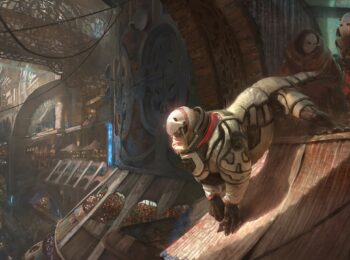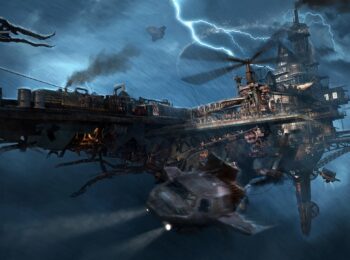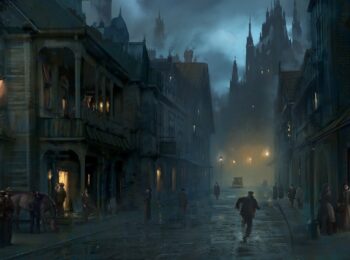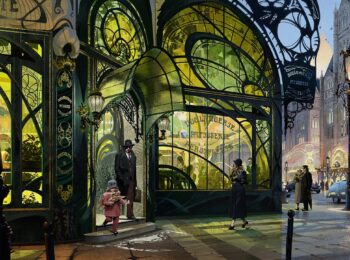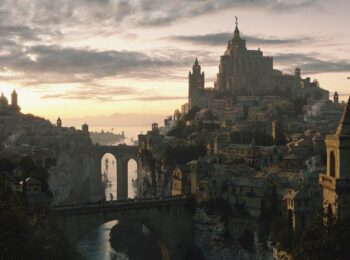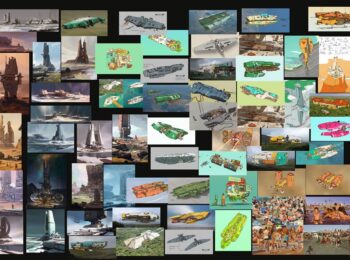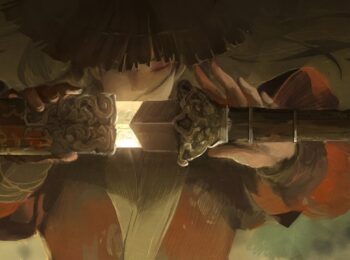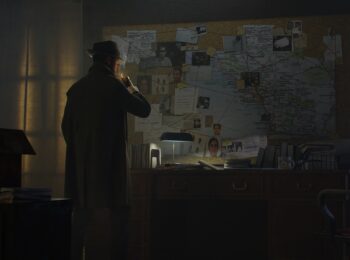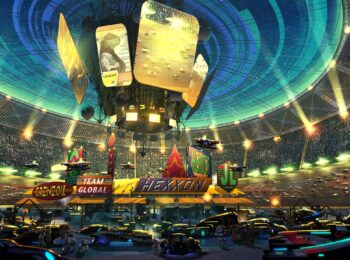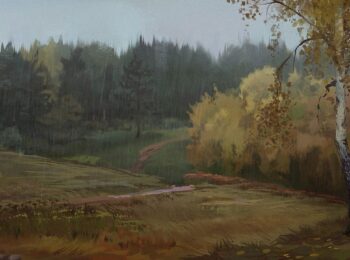Star Trek: The Motion Picture received mixed reviews from critics. Its final production cost ballooned to approximately $46 million and earned $139 million at the worldwide box office. It fell short of studio expectations, but enough for Paramount to propose a cheaper costing sequel. Roddenberry was forced out of creative control for the production of the film’s 1982 sequel, Star Trek II: The Wrath of Khan.
In Roddenberry’s place came Robert Sallin as the producer, and Harve Bennett as director. Bennet was the showrunner of The Six Million Dollar Man and The Bionic Woman. With Paramount seeking to reduce spendings due to the excesses of its predecessor, many of the sets were reused, special effect models already built, and special effects sequences replayed wholesale in an effort to save money.
Bennett wrote the first storyboard treatment, the key plot points were similar to what ended up in the finished movie; Kirk’s archenemy Khan has stolen a Federation super weapon and is using it to stage a coup on a distant planet, with the help of Kirk’s son.
Even with strict budget limitations, one thing they could not cut back on was a specific CGI sequence, the terraforming sequence that describes Project Genesis to the audience. The large terraforming sequence could only be done in animation and was the first completely computer-generated cinematic image (CGI) sequence in a feature film, created by Lucasfilm’s Industrial Light and Magic (ILM). It was later used as an advert for the skills of Lucasfilm Computer Imaging. The clip impressed a young Steve Jobs enough to part with $5 million to buy out the division, which renamed itself Pixar.
Spock’s death was important. At this point in his career, Leonard Nimoy was tired of the franchise and suspecting Khan might be the last outing for Trek, he wanted to go out with a bang. However, since test audiences reacted badly to Spock’s death and the film’s ending’s dark tone, it was made slightly more uplifting by Bennett, adding the scene of Spock’s casket on the planet and Nimoy’s closing monologue. Nimoy didn’t know about the scene until he saw the film. The audience was reassured, “Spock will live” again.
After the positive critical and commercial reaction to The Wrath of Khan. Review aggregator Rotten Tomatoes reports that 88% of selected critics have given the film a positive review based on a sample of 49. Nimoy would not only return to the role of Spook but also direct the next film in the franchise, Star Trek III: The Search for Spook.
It is probably true that working with a limited budget necessitates a creative and clever approach to the creation of the film. The VFX storyboards, taken from the film’s Blu-ray release, are proof of its incredible design and clever visuals. The below storyboards are some of our favorites, but the video at the top of the article featured tons more of them.









































